1. Trampolines Without Safety Enclosures
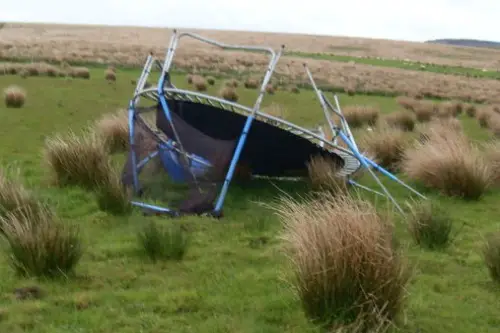
Trampolines might be a kid favorite, but they’re a major red flag for insurers—especially if they don’t have proper safety nets or padding. Falls, sprains, and collisions are common, and liability claims can be costly if a guest gets hurt. Some insurance companies even exclude trampoline-related injuries from coverage altogether. What seems like backyard fun can quickly become a legal headache.
If you must have one, install it with a full enclosure, anchor it securely, and supervise its use. Better yet, check with your insurer before setting it up. A little caution now can save you a lot of trouble later. Fun shouldn’t come with a fine print warning.
2. Unfenced Pools
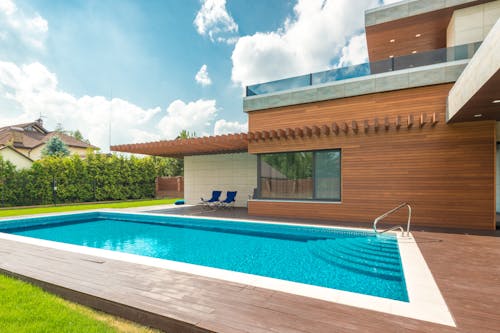
A pool without a proper fence is one of the biggest insurance risks you can have. Drowning is a leading cause of accidental death for young children, and insurers take that very seriously. Even if no one in your household has kids, neighborhood children can wander in—making you liable. It’s not just a safety issue; it’s a legal one.
Install a self-latching, four-sided fence that meets local codes. Pool covers and alarms are great additions, but they’re not substitutes. A secure barrier is non-negotiable. Peace of mind is worth the extra effort.
3. DIY Fire Pits
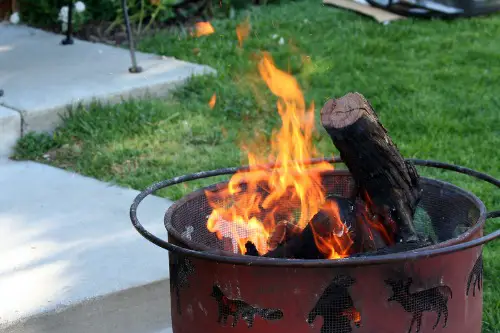
A cozy fire pit sounds like the perfect backyard upgrade—until it’s built too close to the house, trees, or fencing. Without proper clearance and fireproof materials, it becomes a serious hazard. Sparks can travel farther than you think, especially on windy nights. And if a fire spreads, your insurance may not cover the damage if it wasn’t up to code.
Use a professionally installed or code-compliant fire pit, and always keep a fire extinguisher nearby. Never leave it unattended, and avoid using it during dry or windy conditions. A little ambiance shouldn’t come at the cost of safety. Burn smart, not sorry.
4. Treehouses and Elevated Play Structures
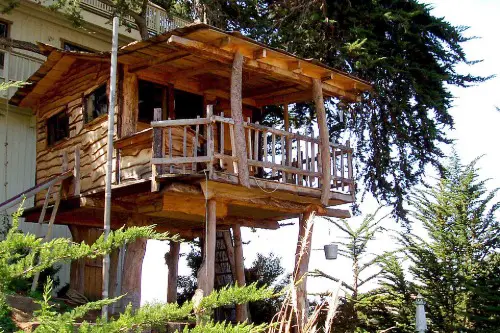
That charming treehouse might win you cool-parent points, but it’s also a liability magnet. Falls from height, unstable ladders, and rotting wood can all lead to injuries—and lawsuits. If it’s not built to code or regularly maintained, your insurer might not cover accidents. What’s whimsical for kids can be worrisome for adults.
Make sure any elevated structure has guardrails, secure access, and regular inspections. Use treated lumber and avoid building too high. If in doubt, consult a contractor. Elevated fun should come with grounded safety.
5. Zip Lines and Rope Swings
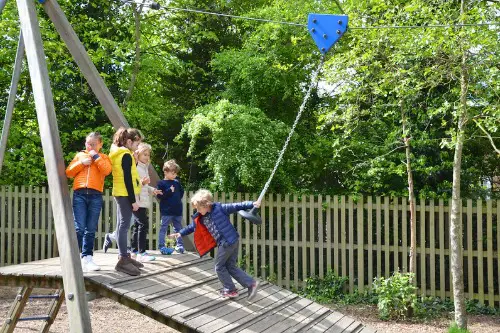
Backyard zip lines and rope swings might seem like harmless fun, but they’re among the riskiest features you can install. Improper anchoring, worn ropes, or poor landing zones can lead to serious injuries. Many insurers consider them “attractive nuisances”—features that invite danger, especially for kids. And if someone gets hurt, you could be held liable.
If you already have one, make sure it’s professionally installed and regularly inspected. Otherwise, it might be time to retire it. Not all thrills are worth the risk. Safety should always come first.
6. Above-Ground Pools Without Deck Barriers
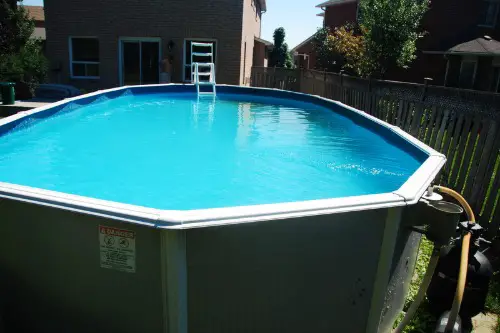
Above-ground pools might seem safer than in-ground ones, but without a proper deck barrier or ladder lock, they’re just as risky. Kids can climb in unsupervised, and slippery surfaces increase the chance of falls. Insurance companies often require the same safety standards as in-ground pools. Skipping them can void your coverage.
Install a locking ladder, surround the pool with a barrier, and post clear safety signage. Treat it like any other pool when it comes to precautions. Just because it’s temporary doesn’t mean it’s exempt. Water safety is universal.
7. Outdoor Kitchens with Improper Ventilation
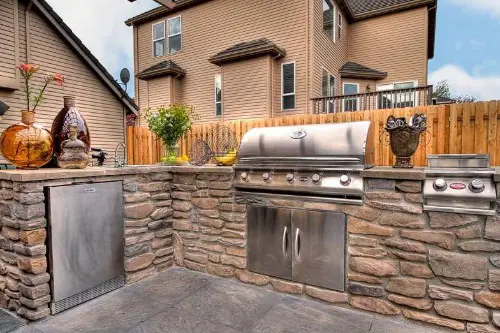
Grills, smokers, and pizza ovens are backyard showstoppers—but if they’re installed under covered patios or near flammable materials, they’re a fire hazard. Without proper ventilation, carbon monoxide can build up, and grease fires can spread quickly. Insurance claims from outdoor kitchen mishaps are on the rise. What looks gourmet can turn dangerous fast.
Use non-combustible materials, install proper vent hoods, and keep fire extinguishers nearby. Always follow manufacturer guidelines. A great meal shouldn’t come with a side of risk. Cook smart, stay safe.
8. In-Ground Trampolines
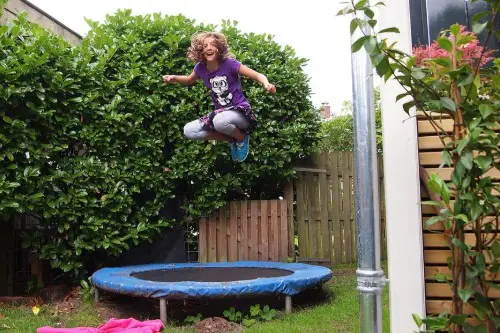
They may look safer than raised ones, but in-ground trampolines still carry the same injury risks—without the visual cue that it’s a high-impact zone. People often assume they’re safer and skip safety nets, which increases the chance of accidents. And because they’re flush with the ground, they’re harder to spot, especially at night. Insurance companies don’t give them a pass just because they’re lower.
Add clear signage, install a net, and keep the area well-lit. Just because it’s subtle doesn’t mean it’s safe. Visibility and protection matter just as much at ground level.
9. Detached Sheds with Electrical Hookups
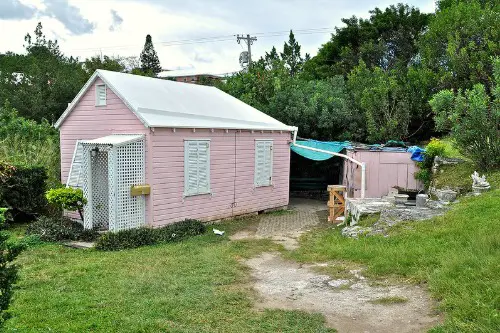
Running power to a backyard shed might seem like a smart way to create a workshop or office—but if it’s not done to code, it’s a fire and liability risk. DIY wiring, overloaded circuits, or improper grounding can all lead to serious damage. And if your insurer finds out it wasn’t permitted or inspected, they may deny a claim. Convenience shouldn’t come at the cost of coverage.
Hire a licensed electrician and pull the proper permits. It’s worth the upfront cost to avoid a costly mistake. Powering up should never mean powering down your policy.
10. Inflatable Bounce Houses
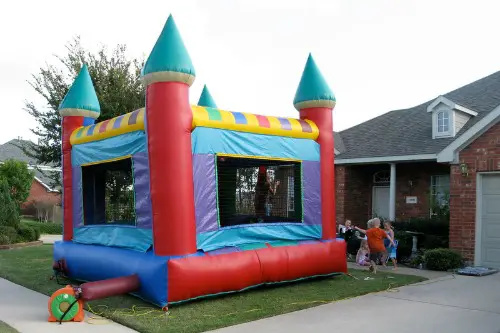
They’re a hit at kids’ parties, but bounce houses are notorious for injuries—especially when they’re not properly anchored. Sudden gusts of wind can lift them off the ground, and overcrowding leads to collisions. Many insurers exclude them from liability coverage altogether. What seems like harmless fun can turn into a serious accident in seconds.
If you rent one, make sure the company is insured and handles setup. If you own one, anchor it securely and supervise at all times. Fun should never fly away—literally or figuratively.
11. Unlit Walkways and Steps
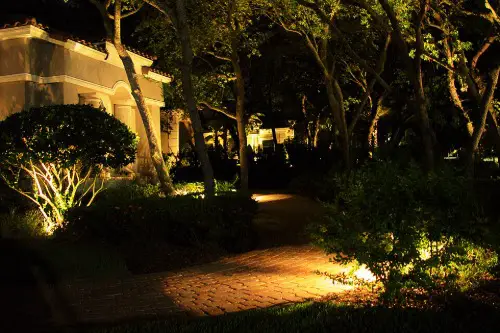
Poorly lit paths and stairs are a recipe for trips and falls, especially during evening gatherings. If someone gets hurt on your property due to inadequate lighting, you could be held liable. It’s one of the most preventable risks—and one of the most overlooked. A beautiful backyard means nothing if guests can’t navigate it safely.
Install solar lights, motion sensors, or low-voltage path lighting to keep things visible. Prioritize high-traffic areas like patios, decks, and stairs. Safety doesn’t have to be boring—it can be beautiful too. Light the way, literally.
12. Hammocks Without Proper Anchoring
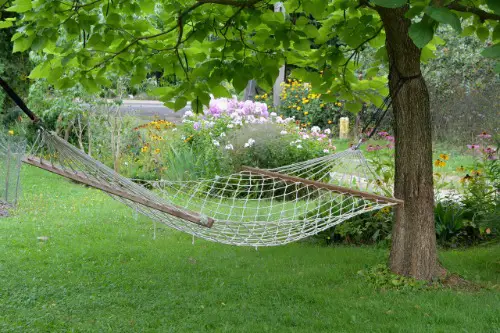
A hammock strung between two trees might look idyllic, but if those trees aren’t healthy or the hardware isn’t secure, it’s a fall waiting to happen. Injuries from collapsing hammocks are more common than you’d think. And if a guest gets hurt, you could be on the hook. It’s a low-key feature with high-stakes consequences.
Use a freestanding hammock stand or have a professional assess your anchor points. Check weight limits and inspect regularly. Relaxation shouldn’t come with a risk waiver. Hang with care.
13. DIY Decks Without Permits
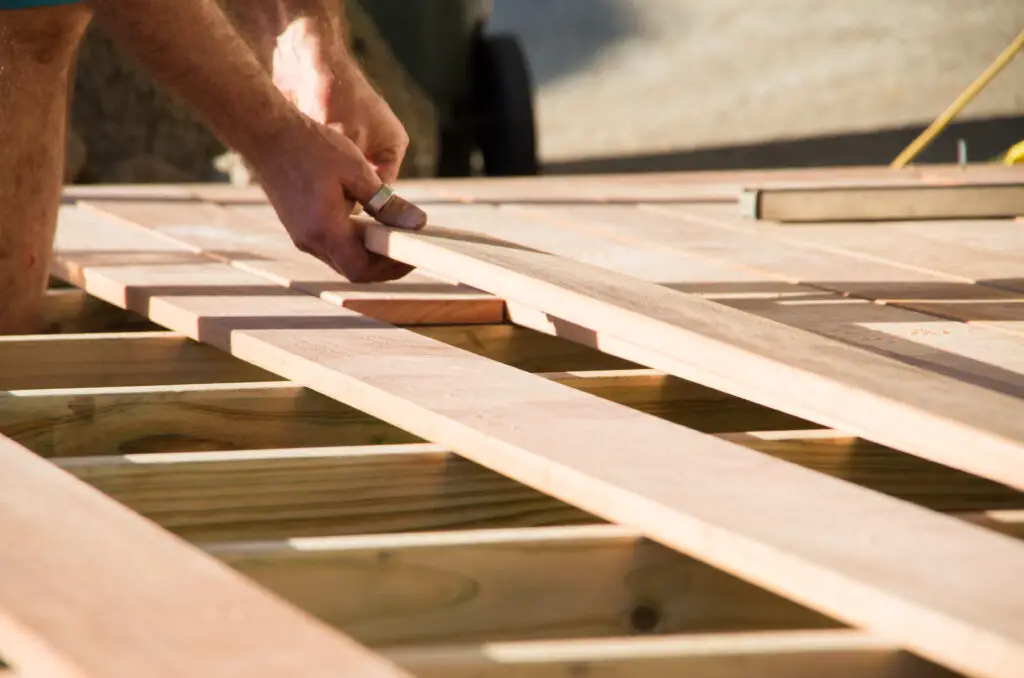
Building your own deck might save money upfront, but if it’s not permitted or up to code, it can void your insurance coverage. Improper footings, loose railings, or unstable stairs are all common issues with DIY builds. And if someone gets injured, you could be liable for more than just repairs. A beautiful deck isn’t worth it if it’s structurally unsound.
Always pull permits and follow local building codes. If you’re unsure, hire a pro to inspect it. A solid foundation is more than just metaphorical—it’s legal. Build it right, or risk paying the price.
This post 13 Backyard Features That Are Becoming Insurance Liabilities was first published on Greenhouse Black.
